Whitney Biennial 2022
Quiet as It's Kept
06 Apr - 05 Sep 2022
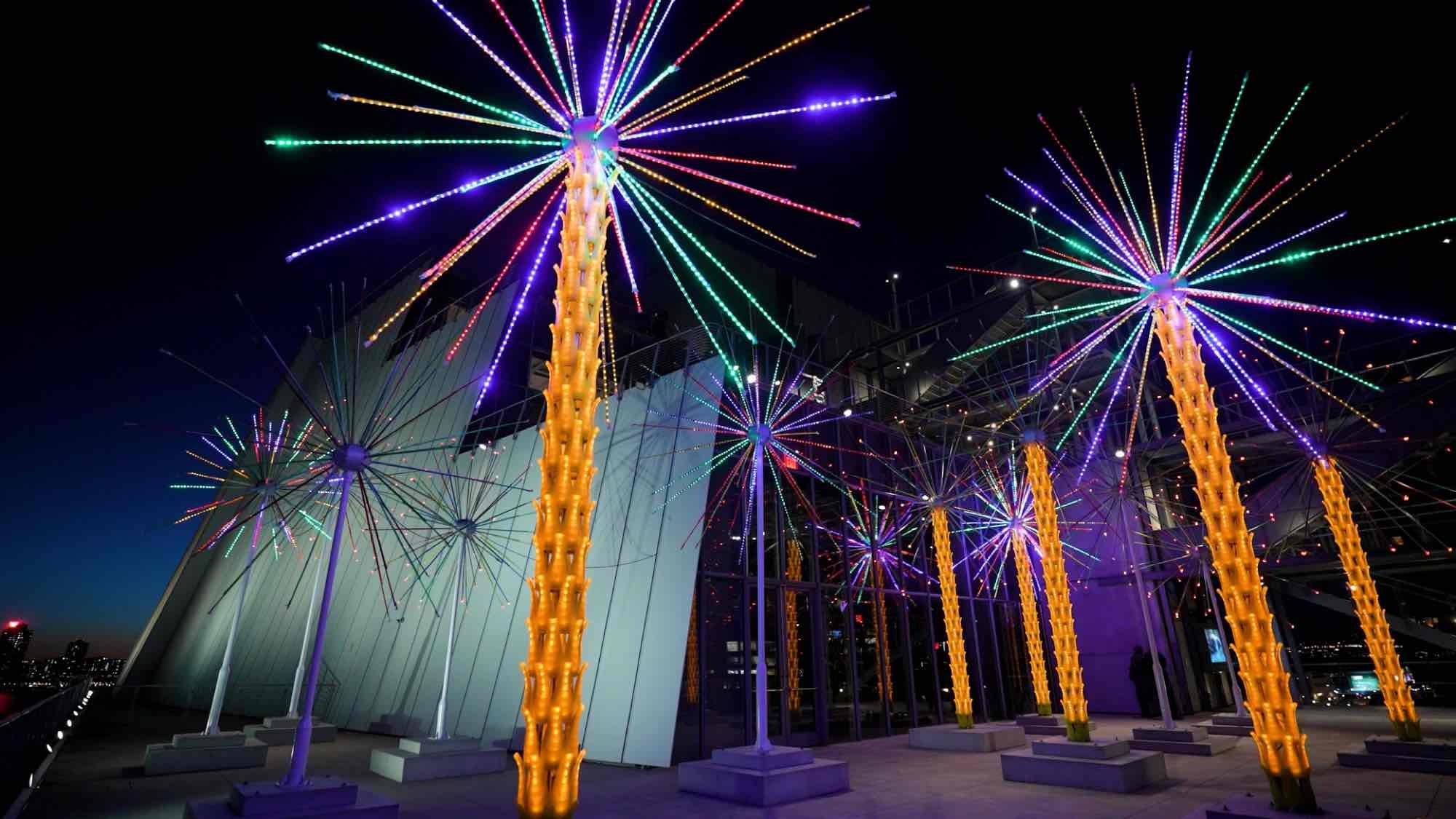
Installation view of Whitney Biennial 2022: Quiet as It’s Kept (Whitney Museum of American Art, New York, April 6-September 5, 2022). Alia Farid, Palm Orchard, 2022

Installation view of Whitney Biennial 2022: Quiet as It’s Kept (Whitney Museum of American Art, New York, April 6-September 5, 2022). From left to right: Adam Pendleton, Untitled (Days), 2021-22; Daniel Joseph Martinez, Three Critiques*#3 The Post-Human Manifesto for the Future;/ On the Origin of Species/or E=hνÓ/(+) We are here to/ hold humans/ accountable for crimes against/ humanity OR/ In the twilight of the empire, in the spider hole where the/masters of the earth have gone to ground with their simulacral/weapons,/ reality gives way to a violent Technological/Phantasmagoria Celestial/ Event or Homo Sapiens are the. Ultimate Invasive Species on the Earth or MODERNISM has/ failed us, the EMPIRE is collapsing, humans are/MORALLY indefensible or A world between what we/know and what we fear or/ Doubt is not a pleasant condition, but certainty is an absurd one/ Or Homines corruptissimi/ Condememant quod non intellegunt; N. H. Pritchard, Papers from Mundus: A Novel, 1970; N. H. Pritchard, Untitled, n.d.; N. H. Pritchard, Bibliography of public readings and discussions, 1965; N. H. Pritchard, Untitled (Novae- and Gyre-) ( ), 1986; N. H. Pritchard, Untitled, 1967; N. H. Pritchard, Untitled, 1968; N. H. Pritchard, Untitled, n.d.; N. H. Pritchard, Red Abstract/fragment, 1968-69. Photograph by Ron Amstutz
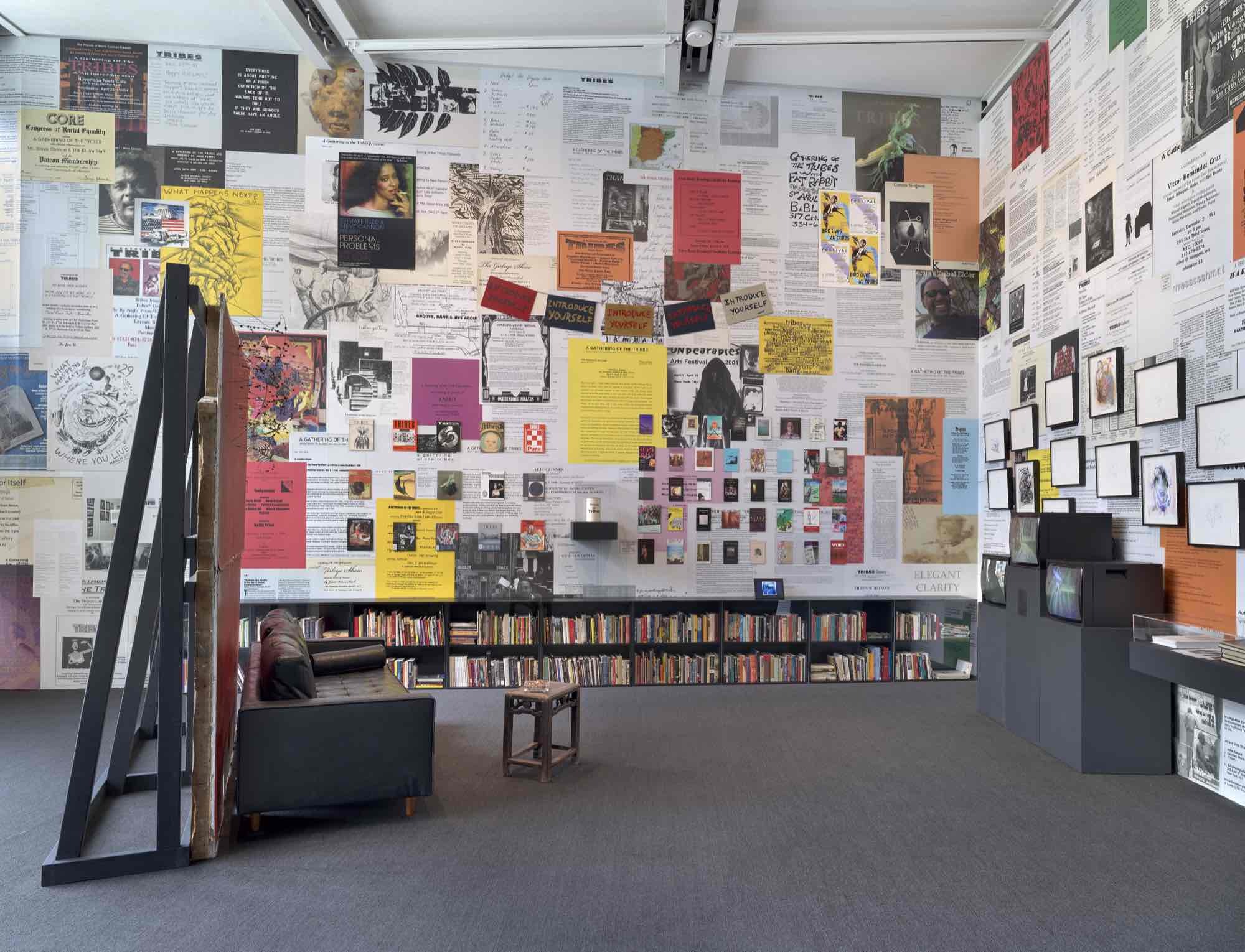
Installation view of Whitney Biennial 2022: Quiet as It’s Kept (Whitney Museum of American Art, New York, April 6- September 5, 2022). David Hammons, A Gathering of the Tribes series, 1998-2013. Photograph by Ron Amstutz
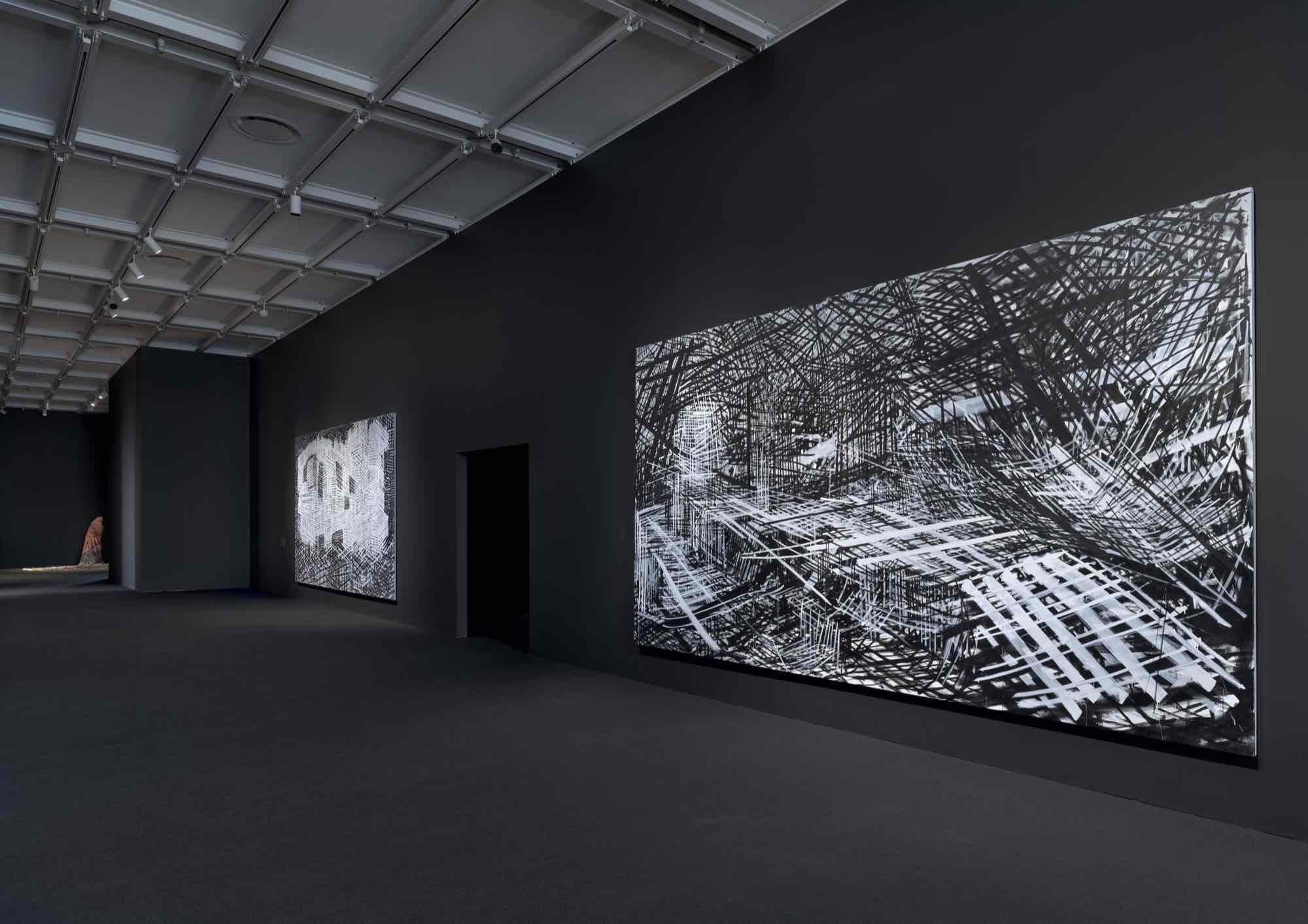
Installation view of Whitney Biennial 2022: Quiet as It’s Kept (Whitney Museum of American Art, New York, April 6- September 5, 2022). From left to right: Denyse Thomasos, Jail, 1993; Denyse Thomasos, Displaced Burial/Burial at Gorée, 1993. Photograph by Ron Amstutz

Installation view of Whitney Biennial 2022: Quiet as It’s Kept (Whitney Museum of American Art, New York, April 6- September 5, 2022). Rénee Green, Space Poem #7 (Color Without Objects: Intra-Active May-Words), 2020. Photograph by Ron Amstutz
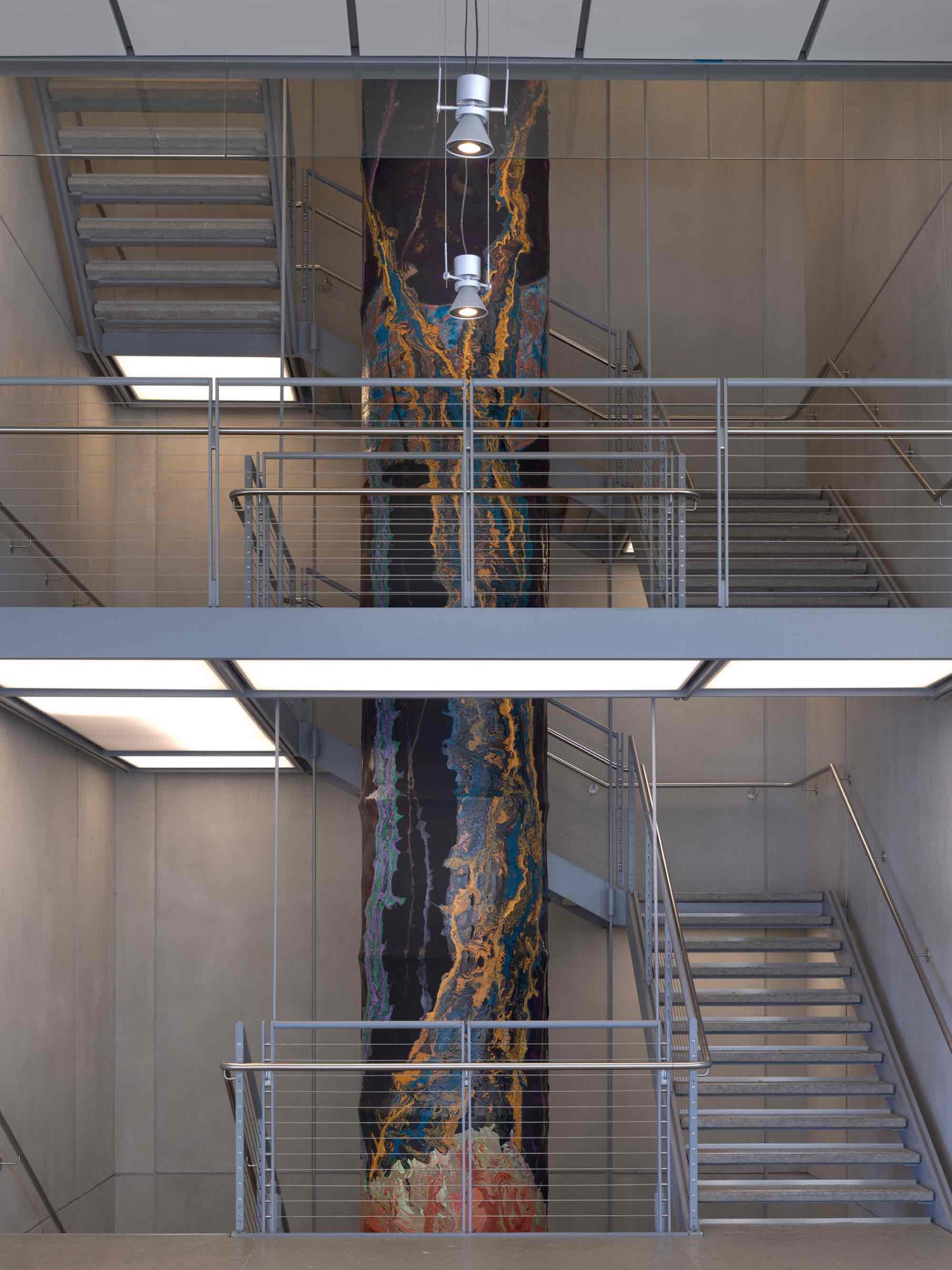
Installation view of Whitney Biennial 2022: Quiet as It’s Kept (Whitney Museum of American Art, New York, April 6- September 5, 2022). Rodney McMillian, shaft, 2021-22. Photograph by Ron Amstutz
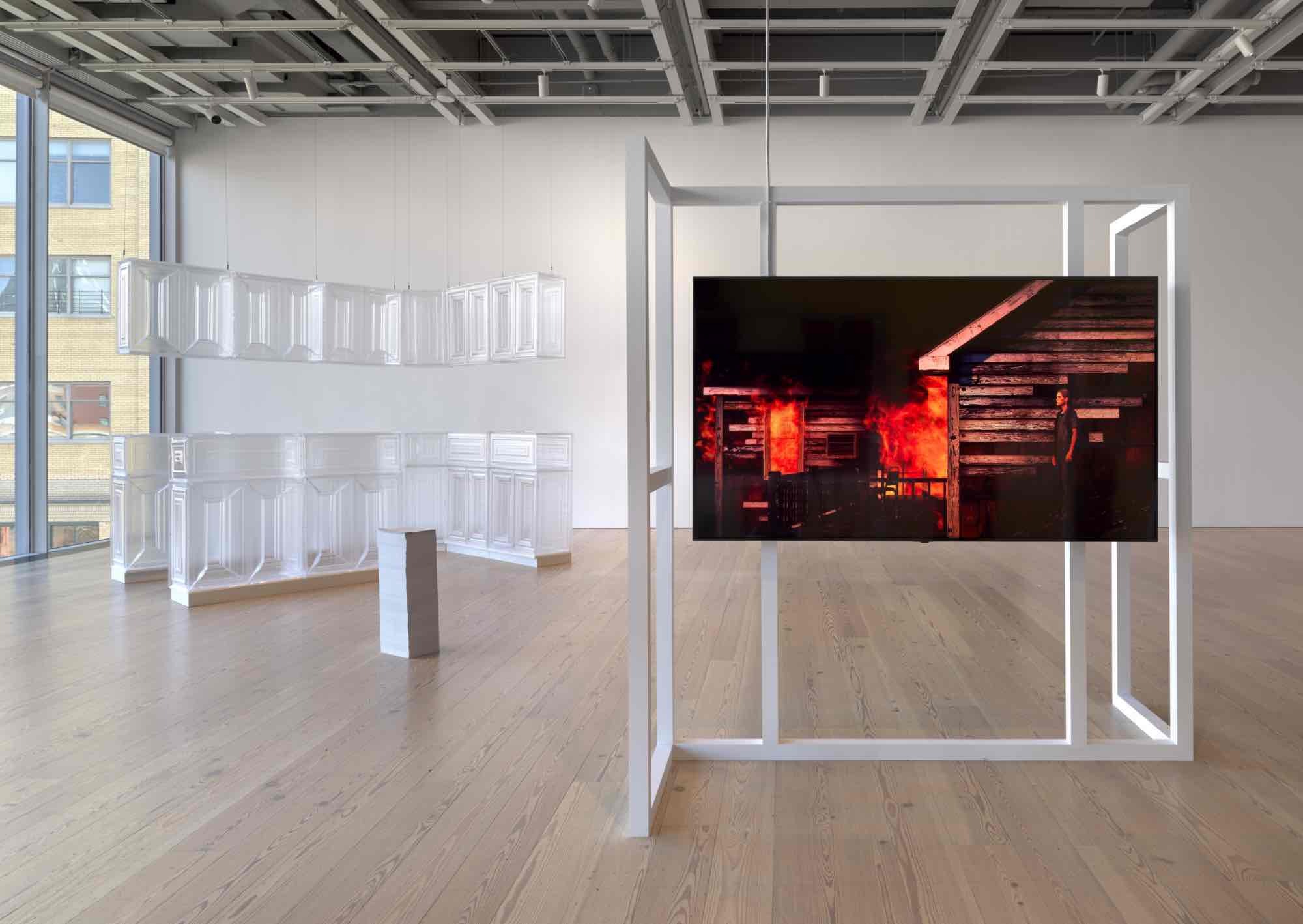
Installation view of Whitney Biennial 2022: Quiet as It’s Kept (Whitney Museum of American Art, New York, April 6- September 5, 2022). From left to right: Emily Barker, Kitchen, 2019; Jacky Connolly, Descent into Hell, 2021. Photograph by Ron Amstutz

Installation view of Whitney Biennial 2022: Quiet as It’s Kept (Whitney Museum of American Art, New York, April 6-September 5, 2022). From left to right: Alex Da Corte, ROY G BIV, 2022; Leidy Churchman, Mountains Walking, 2022. Photograph by Ron Amstutz

Installation view of Whitney Biennial 2022: Quiet as It’s Kept (Whitney Museum of American Art, New York, April 6-September 5, 2022). Jason Rhoades, Sutter's Mill, 2000. Performance, Whitney Museum of American Art, April 2022. Polished aluminum pipes, polished aluminum, wood, metal profiles, metal clamps, blue plastic barrels, wood trestle, cleaning rags, clothing, backpacks, construction helmets, lamp, and laminated color prints (from Perfect World, 1999). Photograph by Paula Court
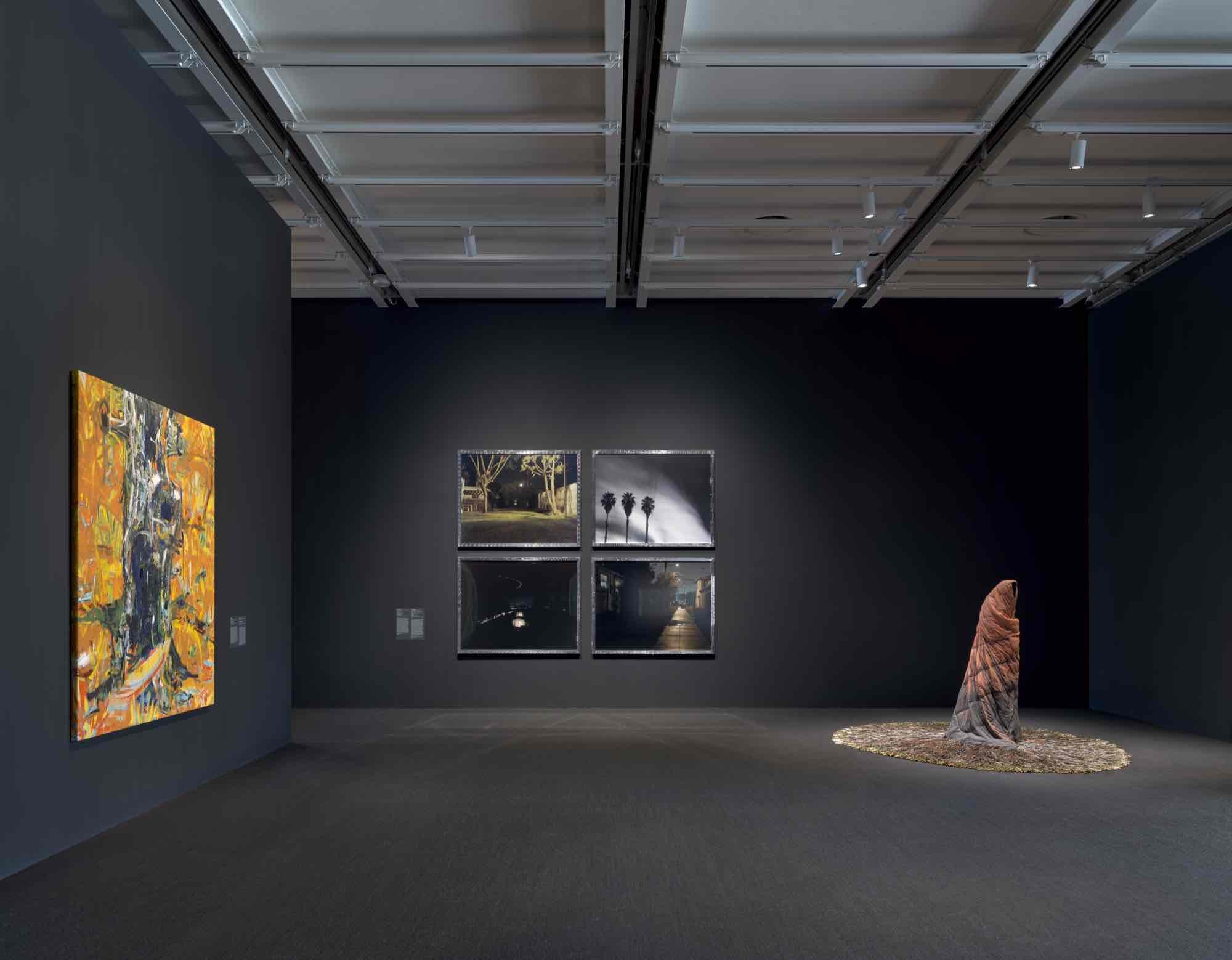
Installation view of Whitney Biennial 2022: Quiet as It's Kept (Whitney Museum of American Art, New York, April 6-September 5, 2022). Photograph by Ron Amstutz
Since the start of the pandemic, time has expanded, contracted, been suspended, and blurred—often in dizzying succession. We began planning this Biennial in late 2019: before Covid and its reeling effects, before the uprisings demanding racial justice, before the widespread questioning of institutions and their structures, before the 2020 presidential election. Although underlying conditions are not new, their overlap, their intensity, and their sheer ubiquity created a context in which past, present, and future folded into one another. We organized this Biennial to reflect these precarious and improvised times.
Many artists’ contributions are dynamic, taking different forms during the course of the exhibition. Artworks change, walls move, and performances animate the galleries and surrounding objects. The spaces here contrast significantly, acknowledging the acute polarity of our society. One floor is a labyrinth, a dark space of containment; another is a clearing, open and light filled.
Rather than offering a unified theme, we pursue a series of hunches throughout the exhibition: that abstraction demonstrates a tremendous capacity to create, share, and sometimes withhold meaning; that research-driven conceptual art can combine the
lushness of ideas and materiality; that personal narratives sifted through political, literary, and pop cultures can address larger social frameworks; that art can complicate the meaning of “American” by addressing the country’s physical and psychological boundaries; and that our present moment can be reimagined by engaging with under-recognized artistic models and artists we have lost. Deliberately intergenerational and interdisciplinary, this Biennial proposes that cultural, aesthetic, and political possibility begins with meaningful exchange and reciprocity.
The subtitle of this Biennial, Quiet as It’s Kept, is a colloquialism. We were inspired by the ways novelist Toni Morrison, jazz drummer Max Roach, and artist David Hammons have invoked it in their works. The phrase is typically said prior to something—often obvious—that should be kept secret. We also adorned this Biennial with a symbol, ) (, from an N. H. Pritchard poem, on view in the exhibition, as a gesture toward openness and interlude. All of the Whitney’s Biennials serve as forums for artists, and the works on view reflect their enigmas, the things that perplex them, and the important questions they are asking. But each of the Biennials also exists as an institutional statement, and every team of curators is entrusted with making an exhibition that resides within the Museum’s history, collection, and reputation. In its eightieth iteration, the Biennial continues to function as an ongoing experiment.
Whitney Biennial 2022: Quiet as It’s Kept is co-curated by David Breslin, DeMartini Family Curator and Director of Curatorial Initiatives, and Adrienne Edwards, Engell Speyer Family Curator and Director of Curatorial Affairs, with Mia Matthias, Curatorial Assistant; Gabriel Almeida Baroja, Curatorial Project Assistant; and Margaret Kross, former Senior Curatorial Assistant.
Many artists’ contributions are dynamic, taking different forms during the course of the exhibition. Artworks change, walls move, and performances animate the galleries and surrounding objects. The spaces here contrast significantly, acknowledging the acute polarity of our society. One floor is a labyrinth, a dark space of containment; another is a clearing, open and light filled.
Rather than offering a unified theme, we pursue a series of hunches throughout the exhibition: that abstraction demonstrates a tremendous capacity to create, share, and sometimes withhold meaning; that research-driven conceptual art can combine the
lushness of ideas and materiality; that personal narratives sifted through political, literary, and pop cultures can address larger social frameworks; that art can complicate the meaning of “American” by addressing the country’s physical and psychological boundaries; and that our present moment can be reimagined by engaging with under-recognized artistic models and artists we have lost. Deliberately intergenerational and interdisciplinary, this Biennial proposes that cultural, aesthetic, and political possibility begins with meaningful exchange and reciprocity.
The subtitle of this Biennial, Quiet as It’s Kept, is a colloquialism. We were inspired by the ways novelist Toni Morrison, jazz drummer Max Roach, and artist David Hammons have invoked it in their works. The phrase is typically said prior to something—often obvious—that should be kept secret. We also adorned this Biennial with a symbol, ) (, from an N. H. Pritchard poem, on view in the exhibition, as a gesture toward openness and interlude. All of the Whitney’s Biennials serve as forums for artists, and the works on view reflect their enigmas, the things that perplex them, and the important questions they are asking. But each of the Biennials also exists as an institutional statement, and every team of curators is entrusted with making an exhibition that resides within the Museum’s history, collection, and reputation. In its eightieth iteration, the Biennial continues to function as an ongoing experiment.
Whitney Biennial 2022: Quiet as It’s Kept is co-curated by David Breslin, DeMartini Family Curator and Director of Curatorial Initiatives, and Adrienne Edwards, Engell Speyer Family Curator and Director of Curatorial Affairs, with Mia Matthias, Curatorial Assistant; Gabriel Almeida Baroja, Curatorial Project Assistant; and Margaret Kross, former Senior Curatorial Assistant.
